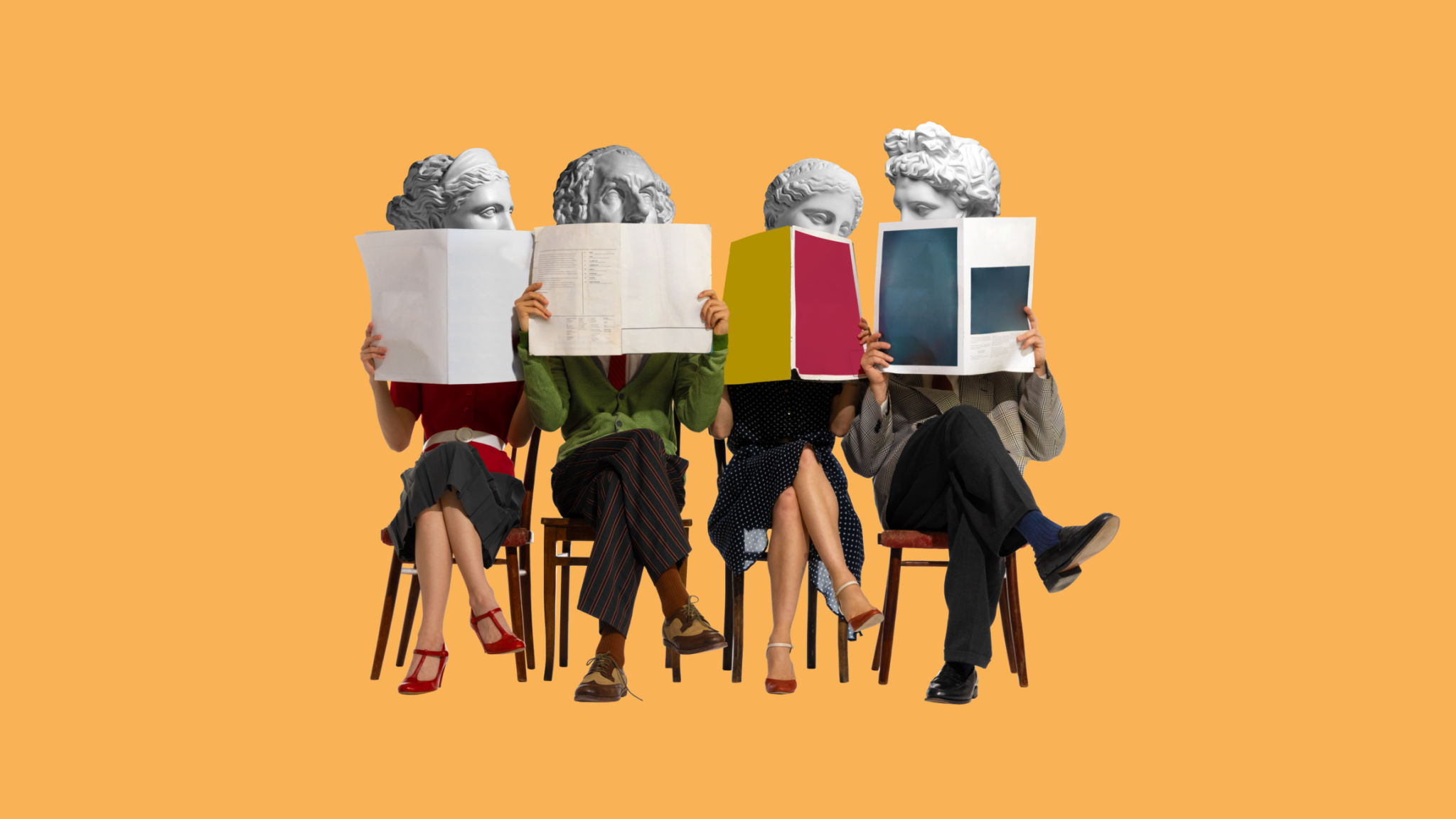Building Communities with VR and Art: Innovative Strategies for Engagement
CG
Introduction to Virtual Reality and Art in Community Building
In recent years, the fusion of virtual reality (VR) and art has opened up new avenues for community engagement. By leveraging immersive technology, communities can foster deeper connections and create shared experiences that transcend geographical boundaries. This article explores innovative strategies through which VR and art can enhance community building.
Art has always been a powerful tool for bringing people together. Combined with VR, it becomes an even more potent medium for engagement, allowing participants to interact with art in ways previously unimaginable. These experiences can be shared both locally and globally, making it possible to unite diverse groups in a common space.

The Role of Virtual Reality in Community Engagement
VR offers a unique platform for creating immersive environments where people can come together to learn, share, and collaborate. One of the key advantages of VR is its ability to simulate real-world interactions, providing users with a sense of presence that is often missing from traditional online platforms. This sense of presence is crucial for fostering a genuine connection among community members.
By integrating VR into community initiatives, organizations can offer virtual spaces for meetings, workshops, and social events. These virtual gatherings can accommodate a larger audience than physical spaces, thus broadening the reach of community activities. Furthermore, VR allows for real-time interaction, enabling participants to engage with one another as if they were in the same room.
Art as a Catalyst for Community Building in VR
Artistic expression within VR environments serves as a powerful catalyst for community engagement. Artists can create virtual galleries, interactive installations, and collaborative projects that invite active participation from community members. These digital art spaces encourage creativity and dialogue, allowing individuals to express themselves and connect with others through shared artistic experiences.

Additionally, VR art projects can be designed to reflect the unique culture and identity of a community. By incorporating local themes and narratives, these projects can foster a sense of belonging and pride among participants. This approach not only strengthens community ties but also highlights the diversity and richness of different cultures.
Strategies for Implementing VR and Art in Community Initiatives
To effectively integrate VR and art into community building efforts, organizations should consider the following strategies:
- Create Accessible VR Experiences: Develop VR content that is accessible to individuals with varying levels of technological proficiency. This may involve offering tutorials or workshops to help users navigate VR environments.
- Leverage Partnerships: Collaborate with local artists, tech companies, and cultural institutions to develop and promote VR art projects. These partnerships can provide valuable resources and expertise.
- Focus on Inclusivity: Ensure that virtual experiences are inclusive and representative of all community members. This involves considering factors such as language, cultural sensitivity, and accessibility for individuals with disabilities.
By adopting these strategies, communities can harness the full potential of VR and art to create meaningful connections and foster a sense of unity among members.

Challenges and Considerations
While the integration of VR and art offers exciting possibilities for community building, it also presents certain challenges. For instance, there is a need for adequate infrastructure and technical support to ensure smooth execution of VR initiatives. Additionally, concerns around data privacy and security must be addressed to build trust among participants.
Organizations must also be mindful of the potential for digital fatigue among users. Offering varied content and balancing virtual interactions with offline activities can help mitigate this issue. By addressing these challenges head-on, communities can maximize the benefits of VR and art as tools for engagement.
Conclusion: The Future of Community Building
The intersection of VR and art represents a promising frontier for community building. As technology continues to evolve, the possibilities for creative expression and connection will only expand. By embracing these innovative strategies, communities can cultivate a vibrant and inclusive environment that encourages participation, collaboration, and growth.
Ultimately, the successful integration of VR and art in community initiatives will depend on the willingness of organizations to experiment, adapt, and innovate. As we look to the future, it is clear that these tools have the potential to transform how we engage with one another on both local and global scales.
